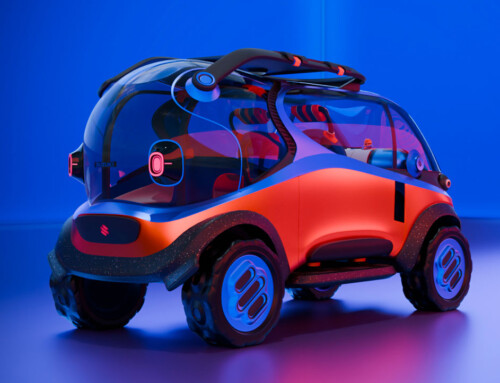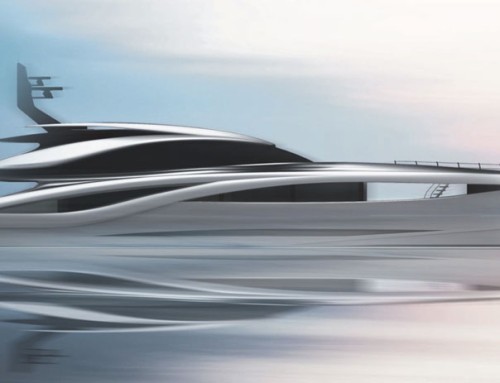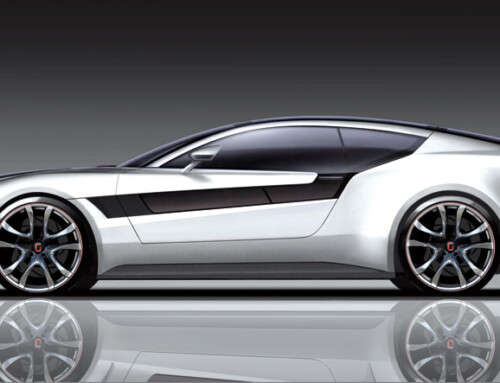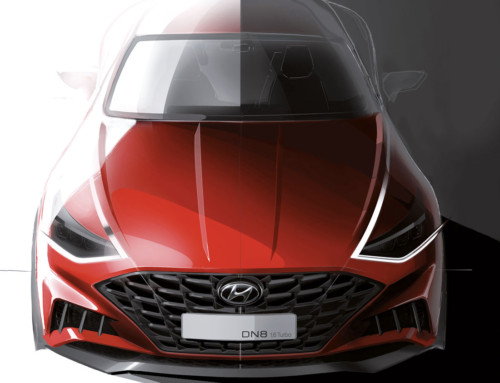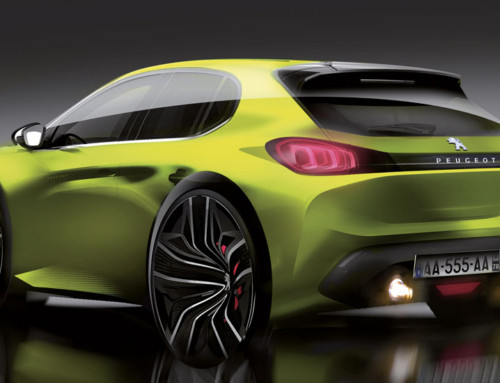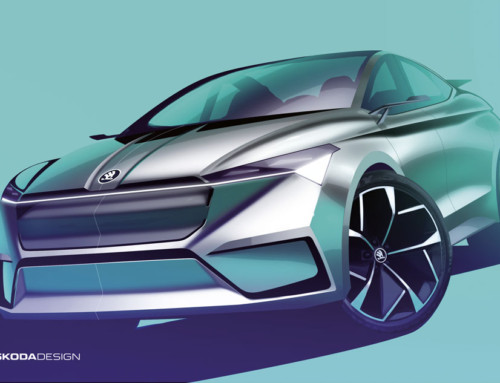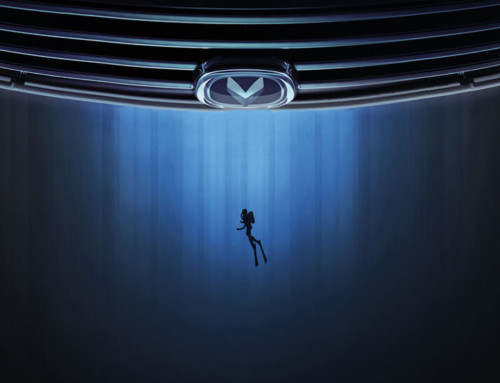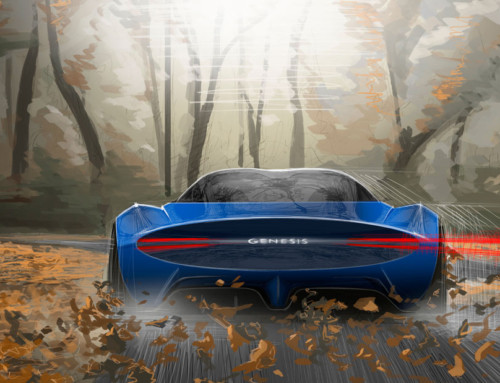In just two years, the Canadian International Auto Show design contest has become one of the world’s most interesting events of its kind. Canada, a huge country with an unfairly low profile, has only had its own officially recognised motor show, which takes place in Toronto, for three years.
This year’s show invited thirteen schools to enter its design contest: from India, China, Korea and Sweden, as well as Canada, France, Britain and the USA. In the end they got 68 high quality entries representing the work of 90 design students. All had been invited to design “A basic transport vehicle”, that offered a realistic solution to the transportation needs and challenges of their own city or nation.
The challenge for 2004 will be to “Imagine a family vehicle for 2015 that is built and is a best-seller in your own country”.
The time lapse of 11 years is an ideal one: far enough ahead for a bit of day-dreaming, but close enough to the present for current constraints in terms of available materials and methodologies, manufacturing methods and life-styles to apply.
This year’s overall winner was the Korean Kim Sung Joong of Hong-Ik University for his A-D (“Advanced Driving”) design. Second prize went to Per Magnus Skold from Coventry University for his Saab and third place to Timothy Shaw from the Umea Institute of design in Sweden. The Alias-Wavefront Prize for digital design went to Jang Yong Pil from the Hong-Ik and the School Award for the best work group to Tsingua University in China.
Each contestant was presented with an Inookshuk sculpture in stone, that delivered an inspiring message: “I’ve been here. I’ll be back”.
The article continues in Auto & Design no. 140

